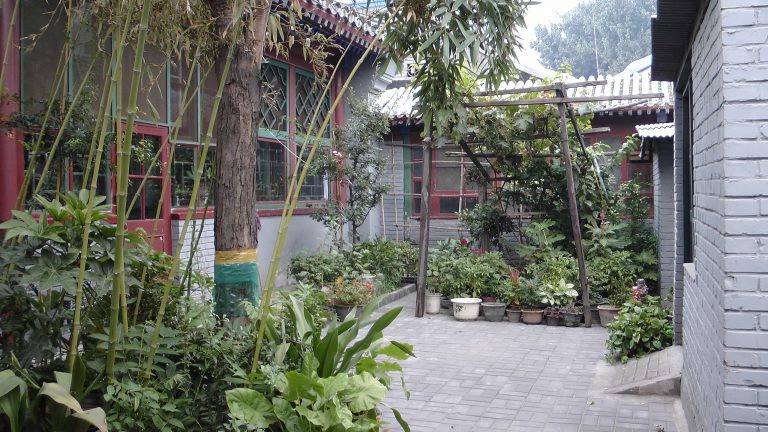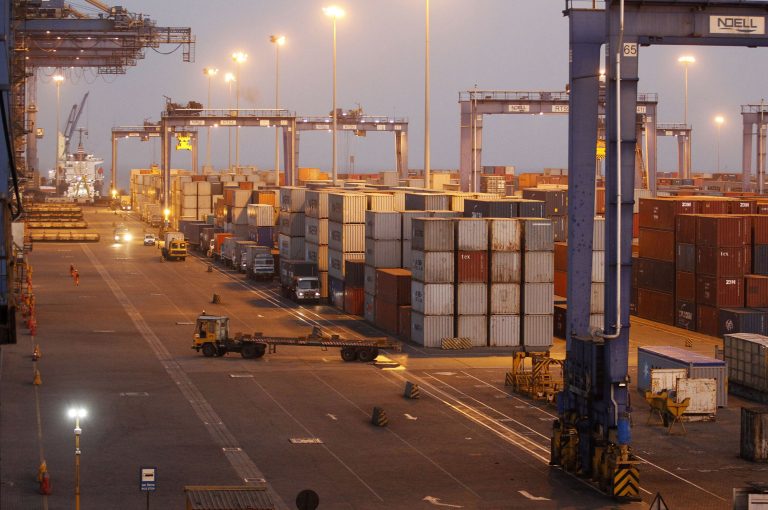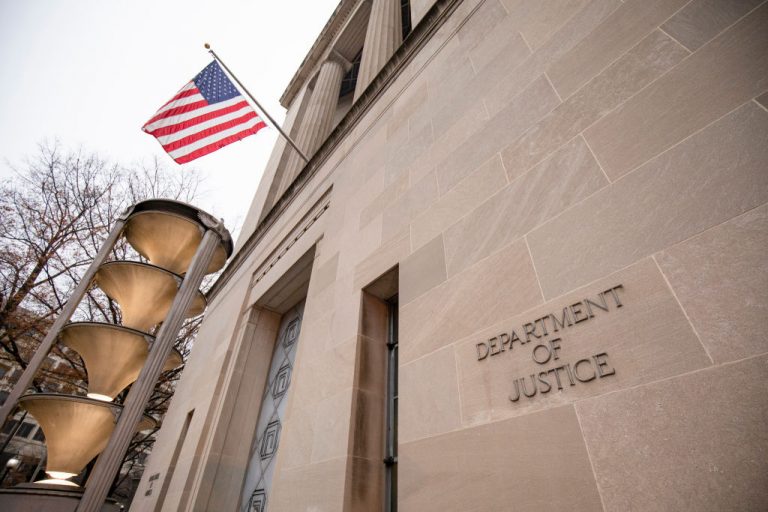The traditional Chinese architecture of siheyuan ( 四合院), refers to a collection of residences centered on a courtyard. While they are commonly found in Beijing, which has its own signature style, China has seen many types of siheyuan spanning a history of 2000 years. Si (四), or “four,” refers to the cardinal directions north, south, east and west, which make up the four living areas surrounding the courtyard, forming the quadrangle that has served as a template for ancient Chinese architecture.
This vernacular architecture is specially constructed to suit its conditions, both environmental and material, and is thus considered to be sustainable, or environmentally friendly. They are usually only one or two stories tall, and traditional theories of five elements, feng shui, and yin and yang are all considered in the design.
A common residence
Siheyuan is unique in its spacious courtyard surrounded by independent, yet connected houses. A courtyard can be planted with trees and flowers, house birds and fish, or be landscaped in a scenic way, allowing residents to enjoy the beauty of nature.
A siheyuan is commonly inhabited by large extended families, as they are suitable for all generations. The doors of the homes on all four sides face the courtyard. Comfortably shaded by the overhanging roofs, and providing privacy in a space secluded from its surroundings, the courtyard serves as a common living area for all the residents.
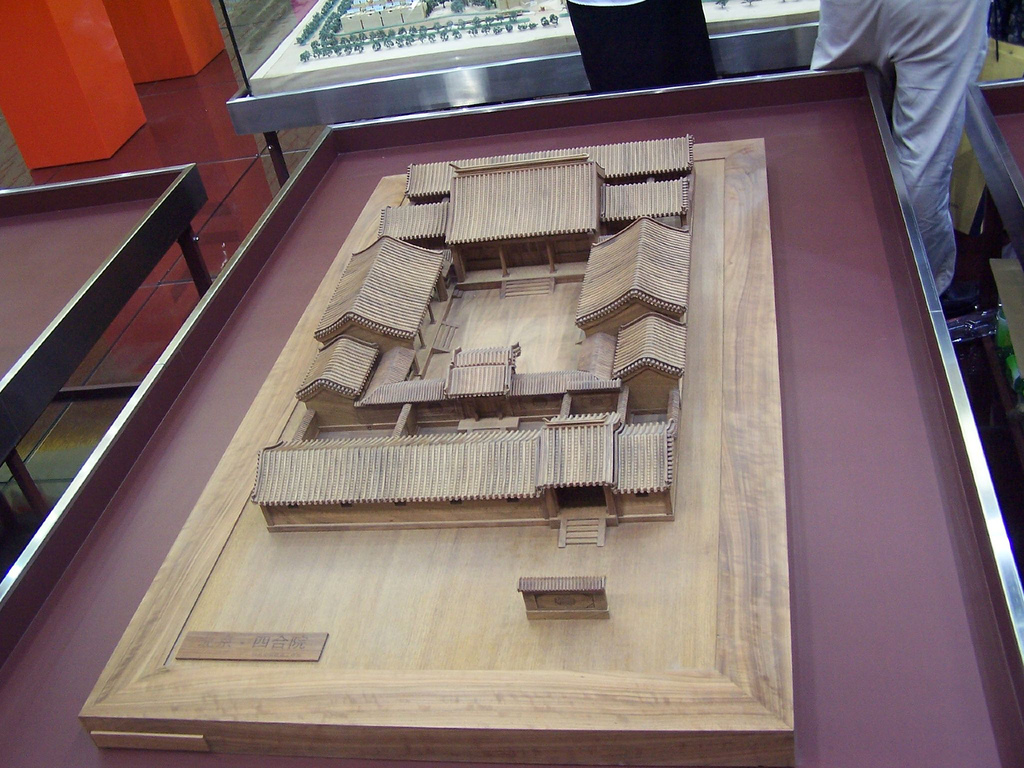
The main house, or zhengfang (正房) on the north is connected to the east and west wings, or xiangfang (厢房), through ornamental covered walkways, or chaoshou youlang (抄手游廊). Guests use the “outer courtyard,” which consists of the front gate, a screen wall, and the southern corridors and rooms.
Traditional concepts observed
Success
You are now signed up for our newsletter
Success
Check your email to complete sign up
These historic dwellings are living artifacts of traditional Chinese culture and values. Its construction is based on feng shui, an ancient Chinese theory of architectural and natural elements. The ornamental carving, and decorative painting also reflect folk customs and traditional culture, showing people’s pursuit of beauty, virtue and good fortune.

A strong sense of Confucian order and spatial hierarchy are observed upon entering the enclosed courtyard, with all outside noise blocked by the surrounding buildings. Traversing the covered walkway, one can see the study only after going around the corridor and after passing the rock garden, with the lady’s room hidden away deep in the back.
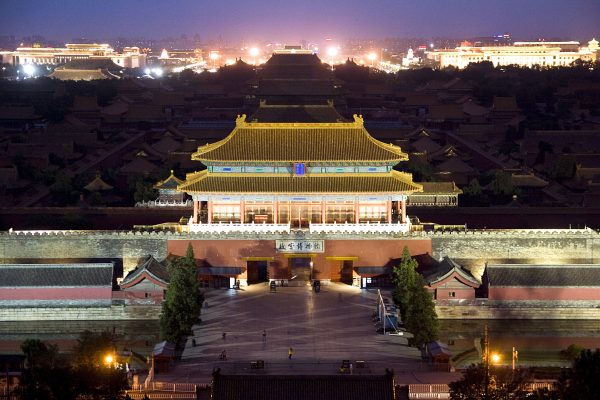
Variety in size and form, according to use
A siheyuan can vary from large to small, serving the needs of everyone from royalty to the common people. Most commonly seen in Beijing, the siheyuan is suitable to the north of China, as its structure can protect against the harsh winters. An additional, separate, backside building, hou zhaofang (后罩房), on the north is the only two-story structure of the siheyuan. The roof is also designed to maintain warmth in the winter, while blocking the hot sun of the summer.
Since the Yuan Dynasty (1271 to 1368 AD), when Beijing was formally established as a capital, siheyuan was the chosen architecture for Beijing’s palaces, government buildings, districts, streets and alleyways, or hutongs (胡同).
Beijing has siheyuan of all sizes, but large or small, they all consist of a courtyard enclosed by buildings on all sides. While they all exhibit symmetry, a large, high-profile siheyuan will have multiple connected courtyards, whereas a small, family dwelling will be limited to one.
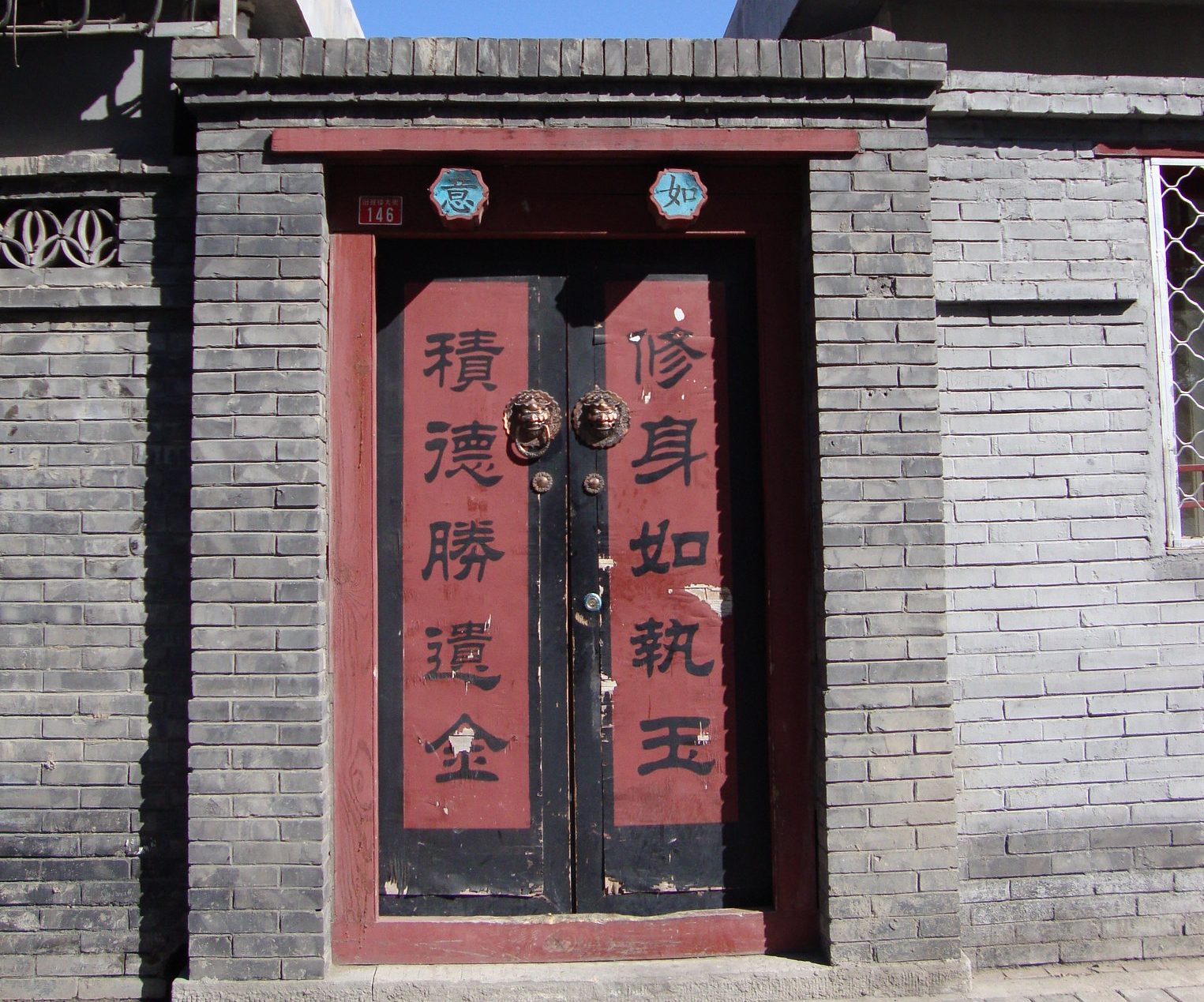
The gate is an important feature, as it reflects the social status of the siheyuan’s inhabitants. The Wangfu Gate, or Wangfu Damen (王府大門), indicates royalty, while the Guangliang (廣亮) and Jinzhu Gates (金柱大門) are used for royal officials. Ordinary people used the Ruyi (如意), Manzi (蠻子), and Qiang Yuan Shi (牆垣式) gates. The gates are painted red, a symbol of luck, and serve as the main entrance and exit to the entire complex. They are located on the south side of the quadrangle.
Siheyuans today
The Chinese Communist Party’s sweeping hand of destruction wiped out many siheyuan in the Cultural Revolution (1966-1976), which aimed at “total elimination of influences from traditional values and old ideas.” The CCP continues to lash out against traditional values today, as it persecutes those who seek higher morality through spiritual practice, including Chinese Christians, followers of Falun Dafa, and the Muslim Uyghur minority.
Economic reform in the 1980s also replaced countless historic structures with high-rise buildings. Despite protests, environmental activists and historic preservation groups have had little impact on cultural preservation. Beijing’s Municipal Government statistics reveal that the city’s approximately 4200 acres of siheyuan in the 1950s has been reduced to less than 750 acres today.



